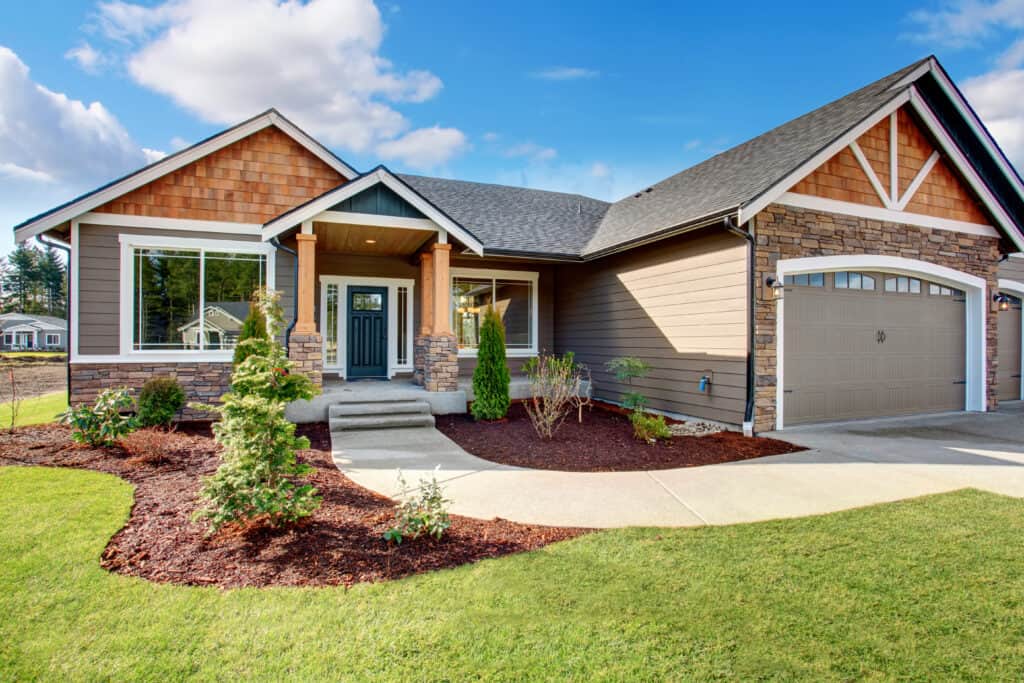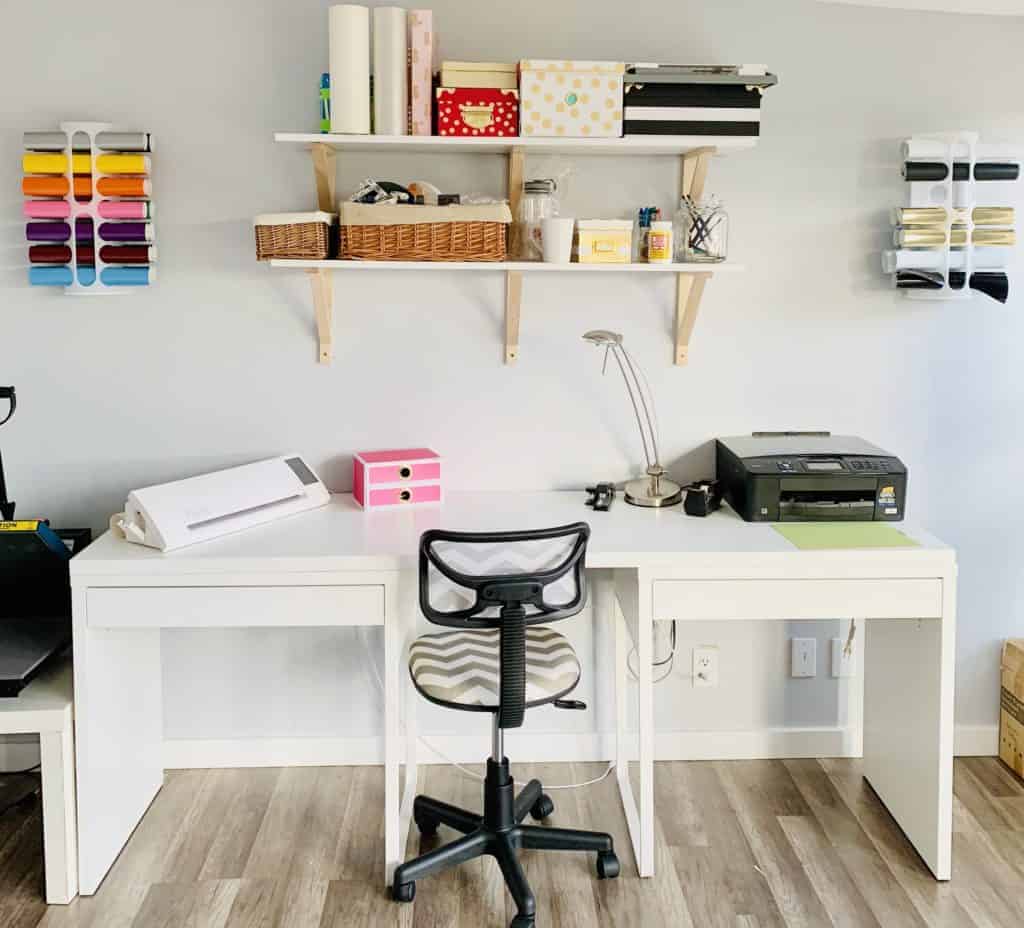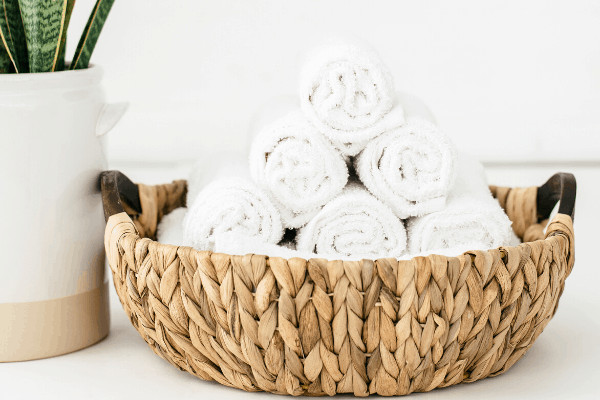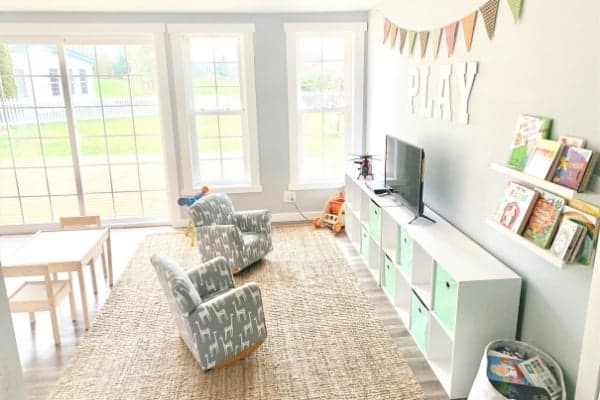Your home is your safe space, so ensuring it’s actually safe is crucial. Every year, many families experience break-ins, fires, and other emergencies that could often be prevented with the right safety measures. This article will guide you through eight effective ways to safeguard your home, making it a safer place for you and your loved ones.
1. Secure Doors and Windows
The first step in home security is to make sure that all entry points, like doors and windows, are strong and secure. Start by examining all your exterior doors to ensure they have sturdy frames and hinges. If your door frames are weak or the doors themselves are hollow, consider replacing them with solid wood or metal doors, which are much harder to break down.
Windows are often seen as easy entry points for burglars. To enhance their security, ensure that all windows have locks and consider adding window bars if you live in a high-risk area. You can also install window sensors that alert you if a window is broken or opened unexpectedly.
2. Ensure Proper Electrical Wiring
Faulty or outdated electrical wiring isn’t just a nuisance; it can be a severe hazard, leading to fires or electrical shocks. To prevent such dangers, it’s crucial to have your home’s electrical system checked by a professional regularly. This is especially important if you live in an older home that might not meet current safety standards.
Look out for signs that might indicate electrical problems, such as frequent main switchboard or circuit breaker trips, flickering lights, or a persistent burning smell. These can all suggest issues that need immediate attention. Also, avoid overloading power outlets and extension cords, as this can lead to overheating and eventually cause fires.
Using surge protectors can help safeguard your electronics from sudden spikes in voltage that can occur during storms or other unusual electrical events. Keeping your wiring well-maintained and your electrical systems up to code can significantly reduce the risk of accidents and keep your home safe.
3. Install Smoke and Carbon Monoxide Detectors
Smoke detectors are a must in every home. They provide early warning of fire, giving you and your family time to escape and call for help. Install smoke detectors on every level of your home, especially near bedrooms and in the kitchen. Test them monthly and replace the batteries at least once a year to ensure they’re always working when you need them most.
Carbon monoxide (CO) is a colorless and odorless gas that can be fatal when breathed in significant quantities. It is crucial to have CO detectors in your home, as they are as vital as smoke alarms for ensuring safety. To maintain their effectiveness, it is important to test CO detectors on a regular basis and install them following the manufacturer’s guidelines. This ensures they operate efficiently and provide the necessary protection.
4. Implement a Security System
Adding a security system to your home can provide an extra layer of protection. These systems come in various types, ranging from basic alarms to more advanced setups that include cameras and motion sensors. Basic security systems often feature alarms that go off when a door or window is opened unexpectedly. These alarms can deter intruders and alert you to potential dangers.
For those looking for more comprehensive coverage, systems with cameras and motion detectors can provide real-time updates about what’s happening around your property. Many of these systems offer the convenience of remote monitoring through a smartphone app, allowing you to keep an eye on your home even when you’re away.
5. Light Up Your Landscape
A well-lit exterior is a simple yet effective deterrent against burglars. Intruders typically prefer to operate in the dark, where they can avoid being seen. By installing outdoor lighting, such as floodlights or solar-powered lamps, you can illuminate your yard and pathways, making your home less appealing to potential intruders.
Consider using motion-activated lights, which turn on automatically if someone trespasses or approaches your property. Not only do they startle would-be thieves, but they also save energy by lighting up only when needed. Placing lights around your home’s entry points and in dark corners of your yard can make your property safer.
6. Maintain Your Property
Keeping your home well-maintained is a crucial step in ensuring its safety. An unkempt house can signal to burglars that a property is unoccupied or less secure. Regular maintenance tasks like mowing the lawn, removing dead branches, and clearing debris from your yard can help keep your home looking cared for and occupied.
Secure ladders and tools after use, as an intruder can use these to gain access to your home, especially to higher windows or the roof. Similarly, make sure to trim bushes and trees near your house. Overgrown greenery can provide cover for someone trying to break in.
7. Create a Safety Routine
Developing a daily routine can significantly improve your home’s security. Simple habits such as locking all doors and windows before leaving the house, setting up your security system, and keeping a spare key with a trusted neighbor instead of under a doormat can make a big difference.
Also, when planning to be away from home for an extended period, ask a friend or neighbor to check on your house regularly. Have them collect your mail, park in your driveway occasionally, and manage other small tasks to give the illusion that the house is occupied.
8. Be Part of a Community Watch
Joining or starting a neighborhood watch program can enhance security not just for your home but for the entire community. These programs create networks of neighbors who look out for each other and report suspicious activities to the authorities.
Being part of such a community effort can make you feel safer and more connected to where you live. It allows you to stay informed about any issues in your neighborhood and provides a collective approach to tackling crime and other safety concerns.
Wrapping Up
Protecting your home doesn’t need to be complicated or expensive. By implementing these eight straightforward strategies, you can significantly improve the safety and security of your home. From making sure your doors and windows are secure to joining a neighborhood watch, each step contributes to creating a safer environment for you and your family. Remember, home safety is an ongoing commitment. Regularly review your security measures and adapt them as needed to keep up with new safety standards and technologies. By taking proactive steps today, you can enjoy peace of mind tomorrow, knowing that your home is well-protected.





